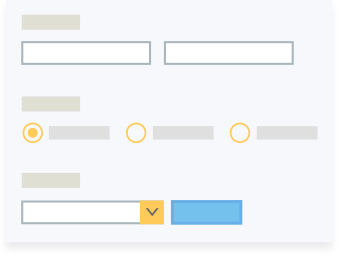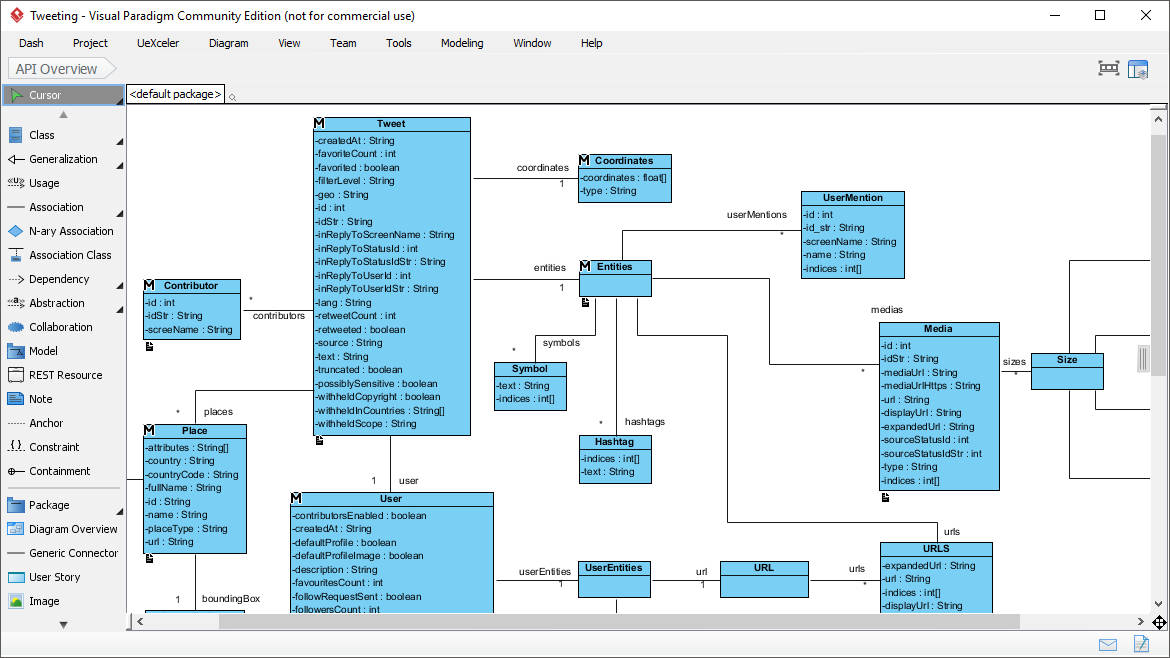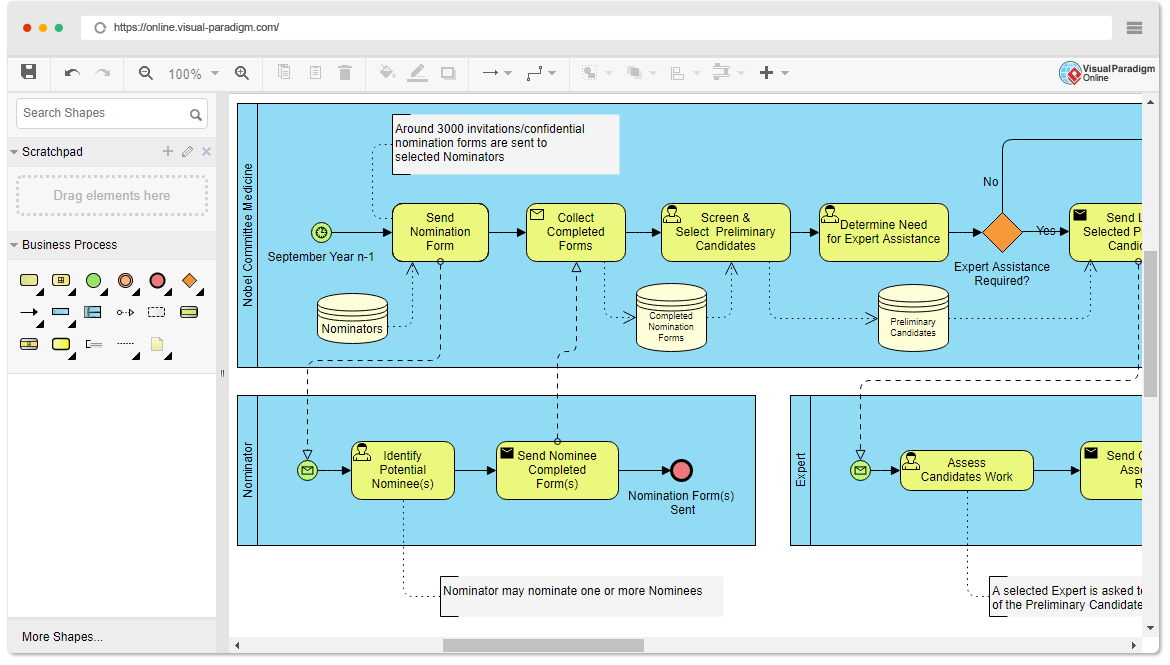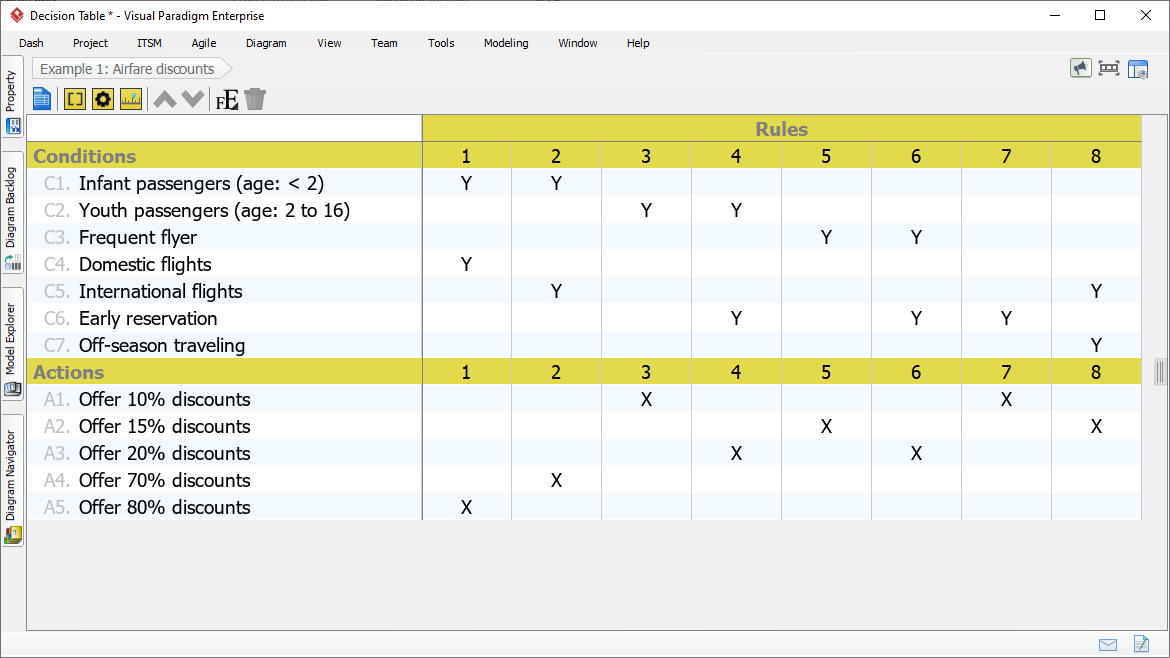Most Agile and Scrum training courses refer to a 7 +/- 2 rule, that is, agile or Scrum teams should be 5 to 9 members. Scrum enthusiasts may recall that the Scrum guide says Scrum teams should not be less than 3 or more than 9. Where does this thumb rule come from? and Why?
Continue reading









